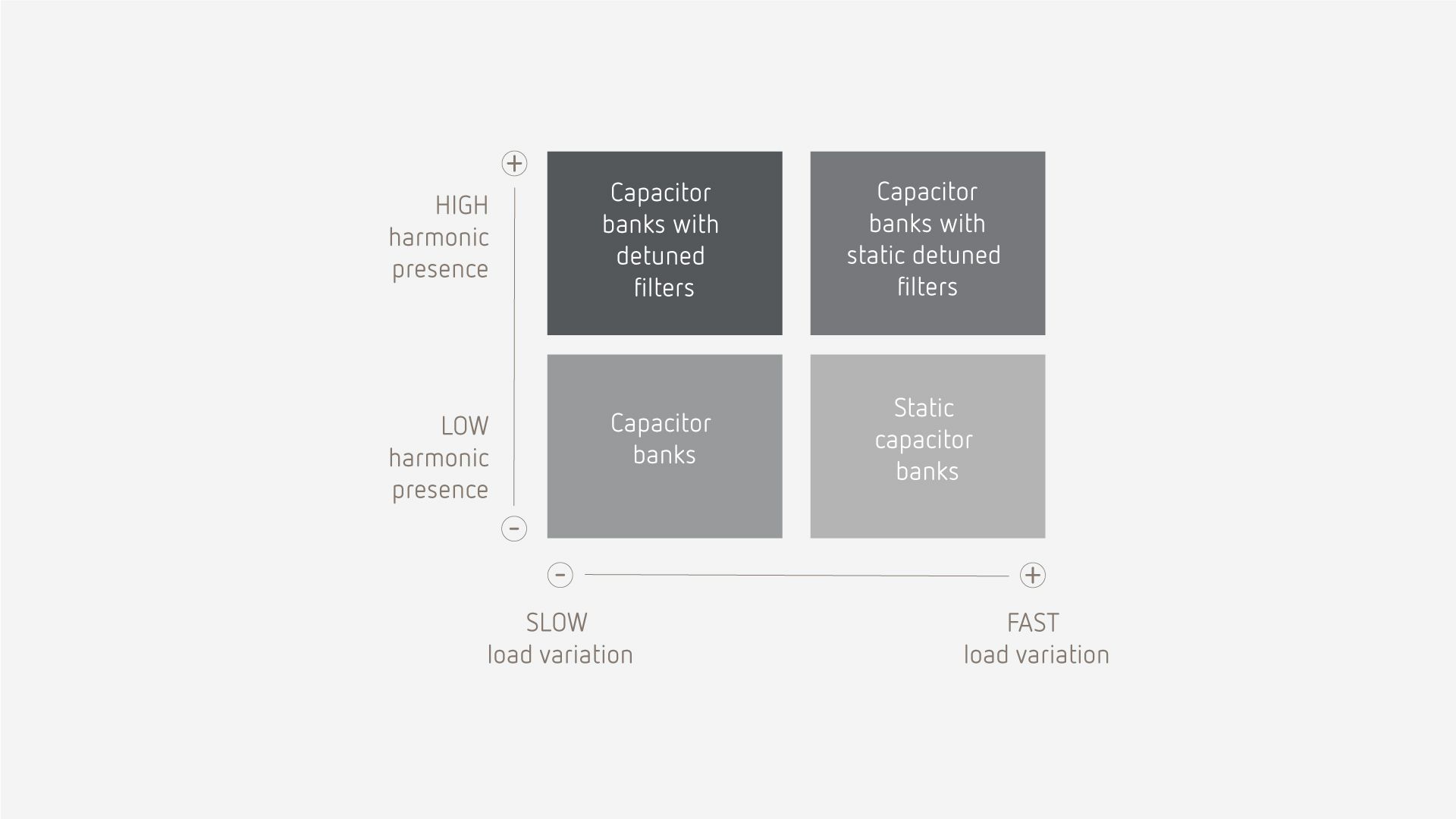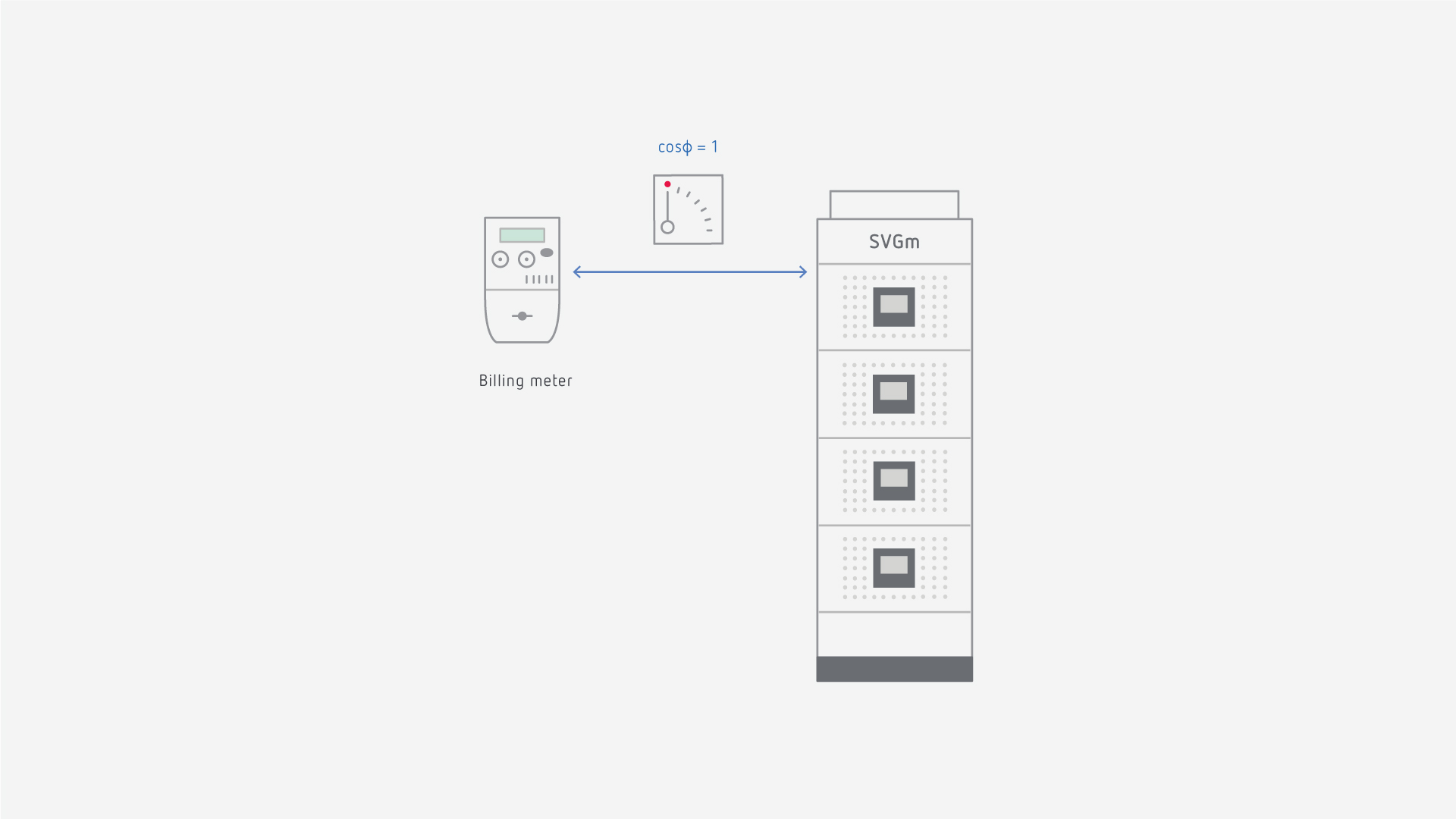To ensure the performance of transmission and distribution systems, electric utilities force the end users to control the maximum consumption of reactive energy, both inductive and capacitive. The way that electric utilities have to evaluate excess reactive energy use is by setting a minimum power factor. Failure to achieve this value will result in a surcharge on the electricity bill.



